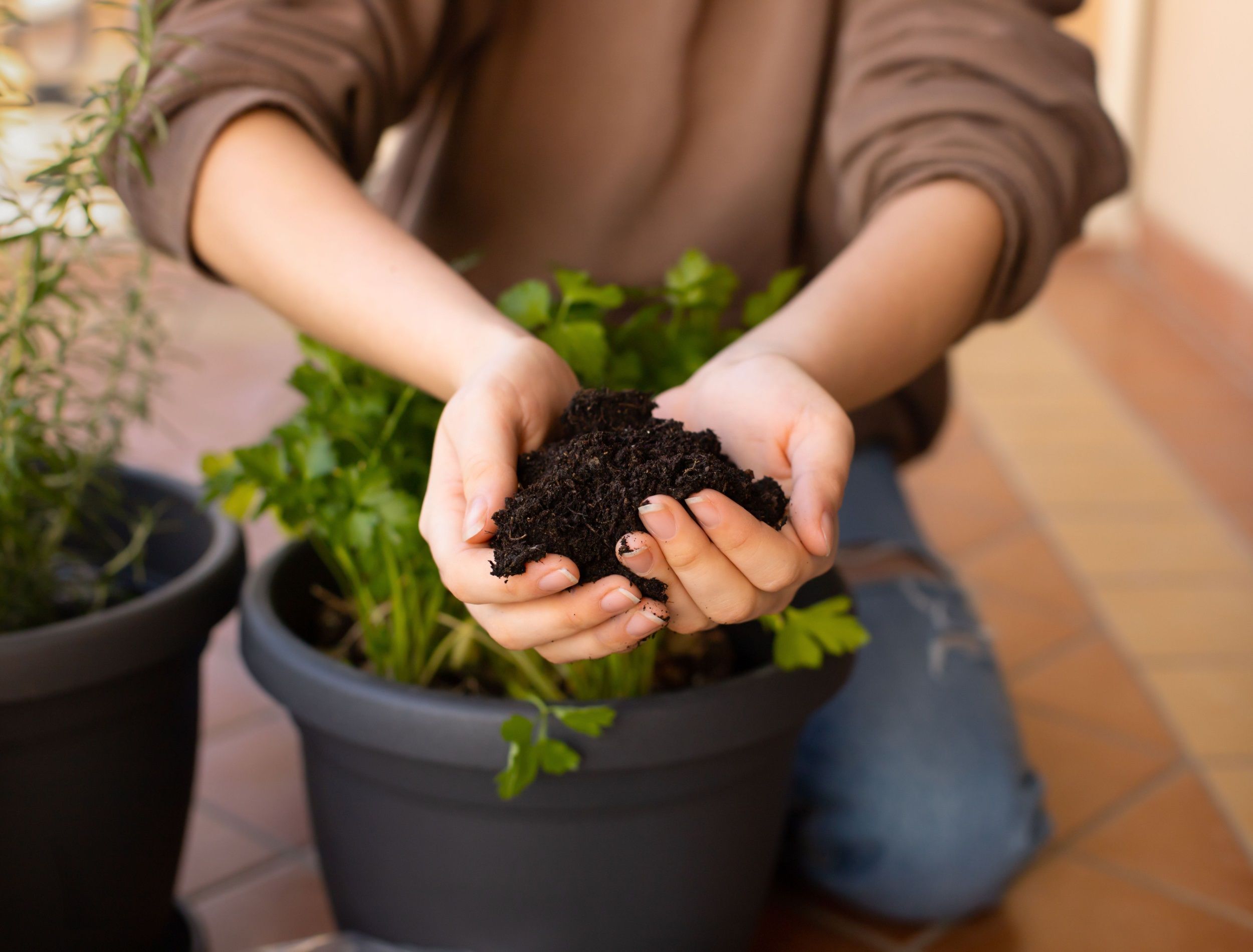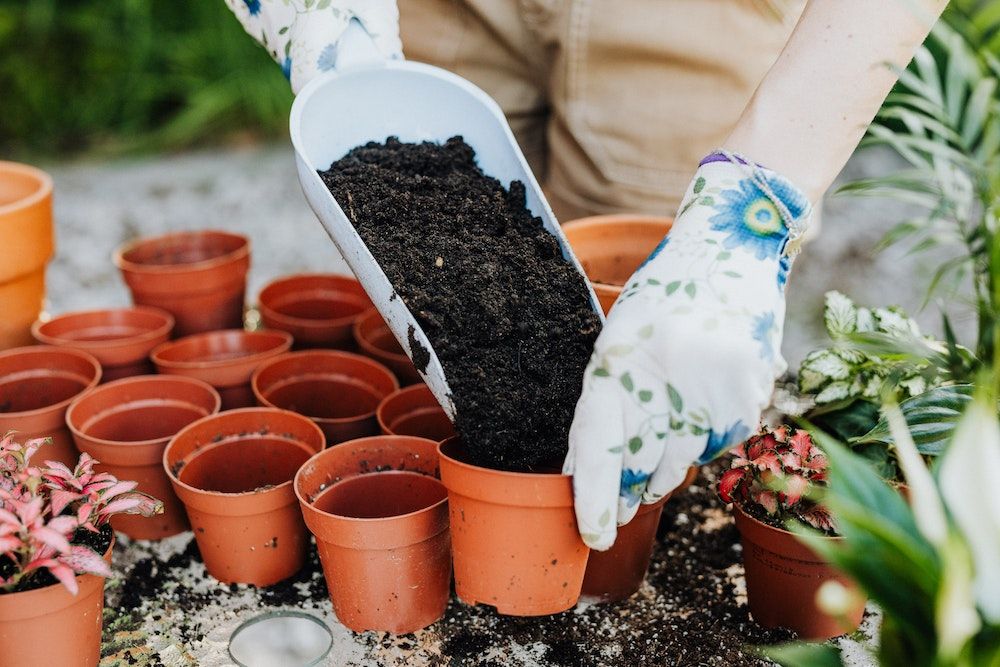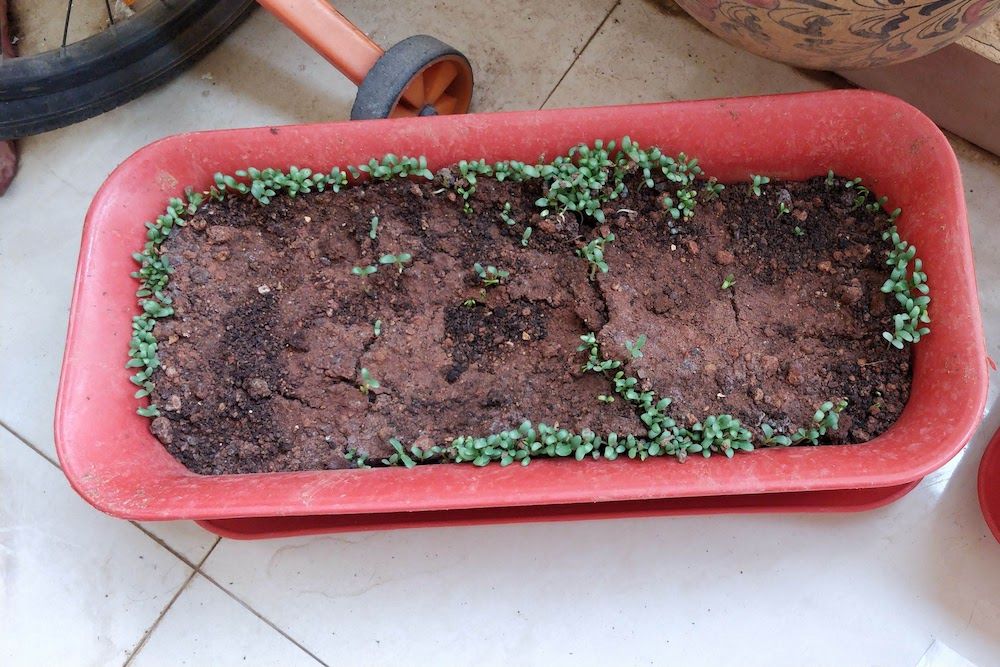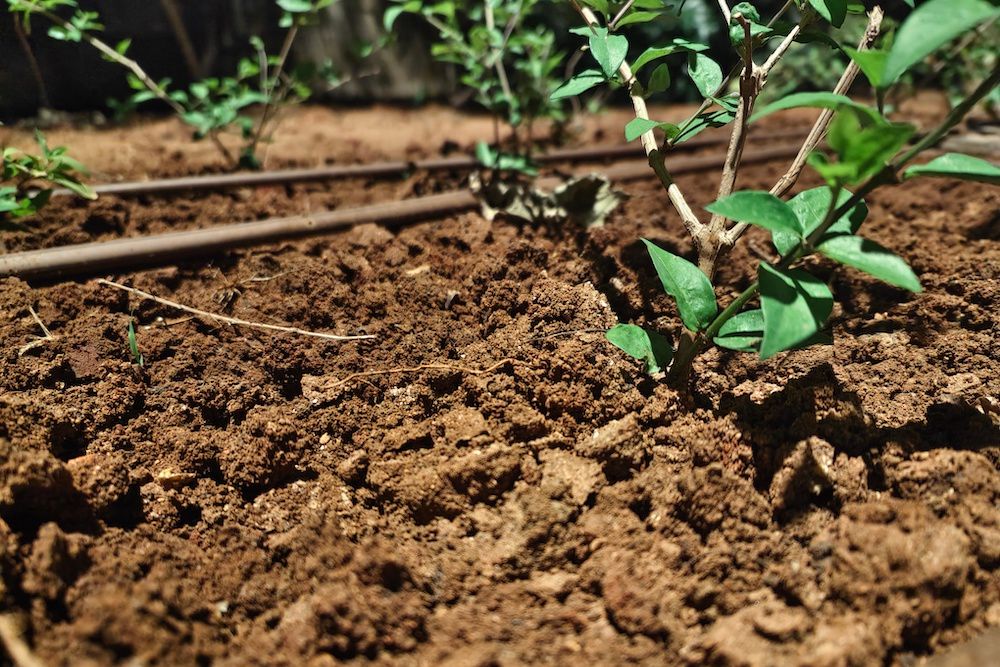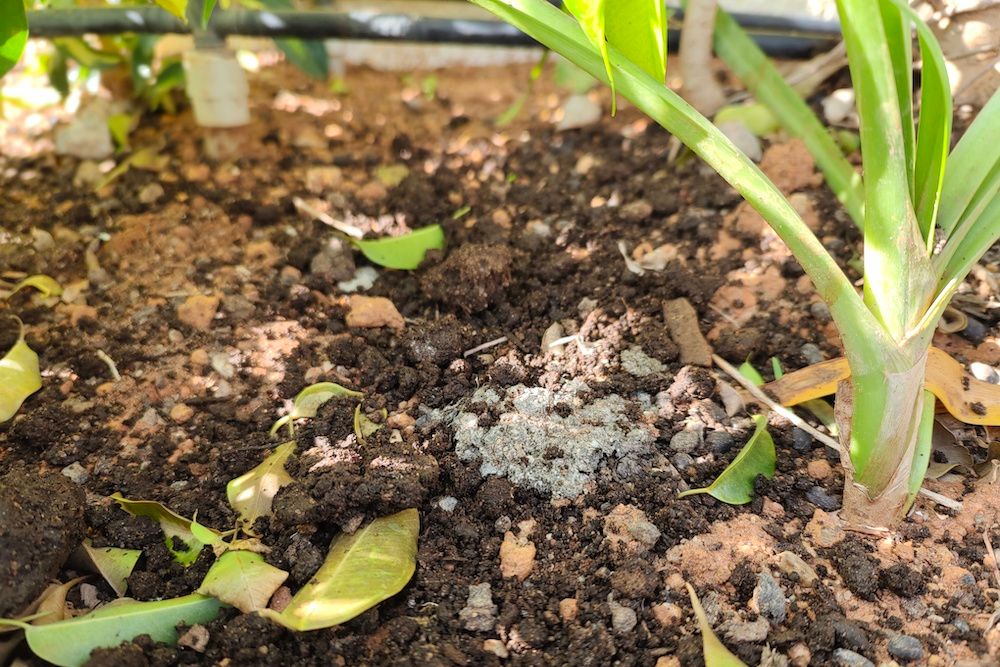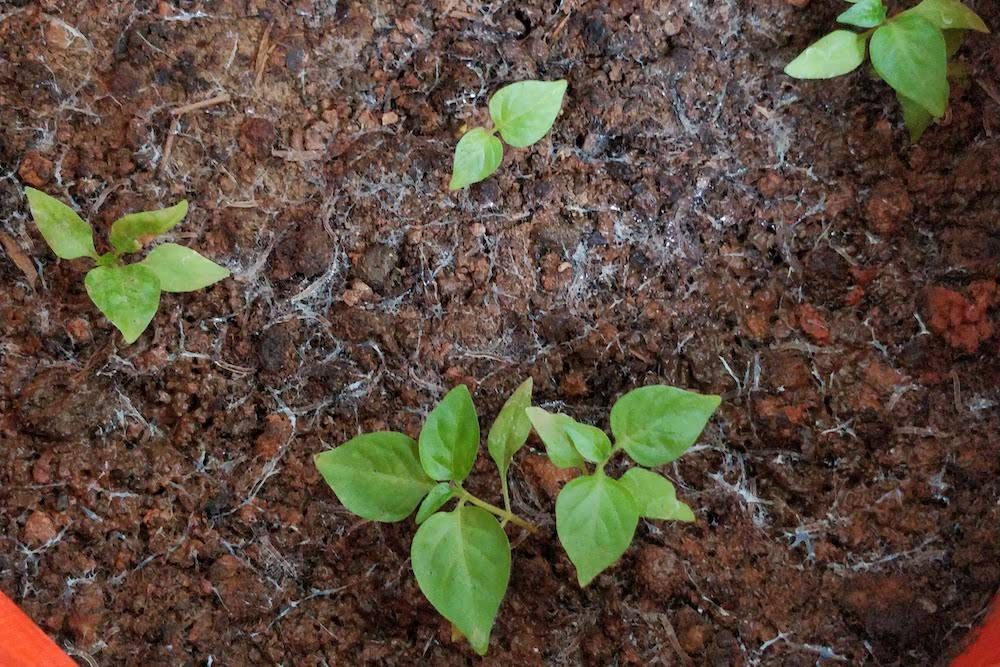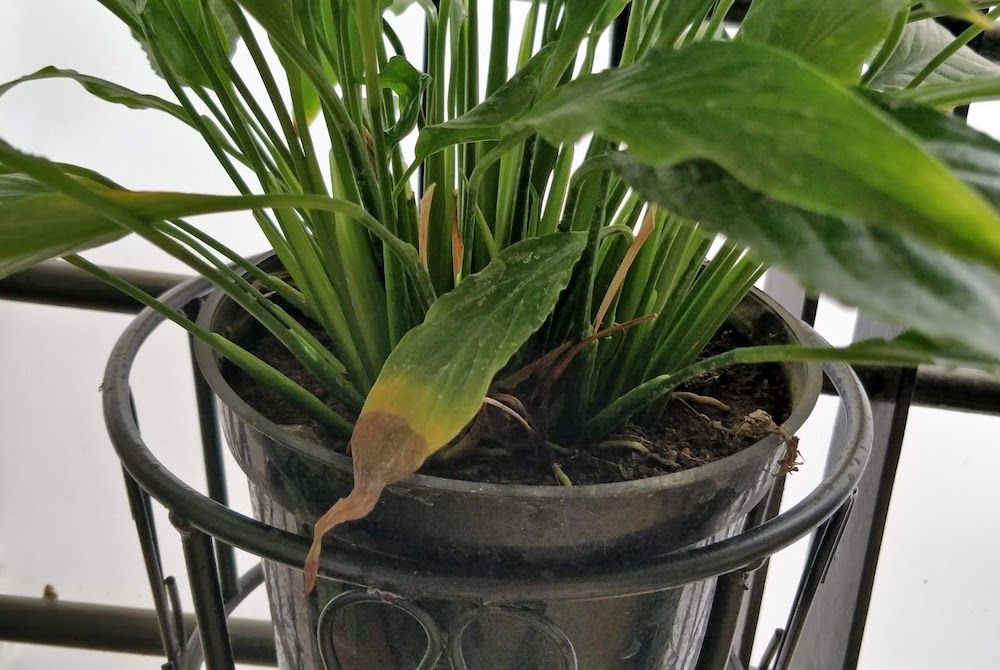Potting soil plays a huge role in the health and life of your container garden. Since soil doesn't come with an expiration date, it can be difficult to tell when it's time to change it. To help your plants thrive, you need to provide them with nutrient-rich, well-draining, and well-aerated potting soil.
Over time, plants use up most of the soil's nutrients and organic matter, negatively affecting soil quality and structure. Poor soil quality can cause stunted growth and premature plant death. But when is it time to change your potting soil, and how frequently should you do it to avoid accidents?
Why You Should Change Your Potting Soil
Image credits: Karolina Grabowska via Pexels
When the soil quality starts degrading, it can become compacted and be unable to retain nutrients or drain water. When this happens, your plants have a tough time staying healthy. Poor soil quality can cause more harm to your plants, so it's important to change it before it causes irreparable damage to your plants.
But the burning questions remain -- how long does potting soil last, and how do you know when to change the soil in a potted plant?
Potting soil lasts until its nutrient levels drop or about six months if unused. Being a plant parent isn't as simple as bringing home a plant, giving it water, and ensuring it receives a good amount of sunlight. There's a lot more in between that makes gardening a fun challenge. Gardening is about:
- Testing the soil to ensure it's the right structure for your plants,
- Testing soil pH to ensure it's suitable for your plants,
- Understanding how to measure soil moisture, so you're not under or overwatering your plants,
- Measuring light to ensure your plants are receiving their share of light,
- Checking for pests and eradicating them using homemade organic pesticides,
- Fertilizing your plants with organic homemade fertilizer or compost,
- Understanding ideal humidity levels for your plants,
- Paying close attention to the soil because it is the foundation of healthy plants.
Although potting soil has a better structure than garden soil, there comes a time when it can no longer meet your plant's nutrient and structural needs. Weary potting soils become hydrophobic and repel water, negatively affecting your plants.
How Often Should You Change Potting Soil?
The short answer is every one or two years, but of if the soil is currently being used. This will also depend on the type of plants you're growing and the starting condition of your soil. If you're unsure of your plant's growing demands, do your research while keeping an eye out for some signs your potting soil needs to be changed.
1. Soil Compaction
Image Credit: Lakeisha Ethans for Backyard Boss
Compacted soil becomes heavy and can suffocate your plant's roots. If your soil has become compacted, see if aerating it helps improve the soil's structure. Soil compaction is a problem, mostly with soils containing peat moss. Since peat moss stays good for about two years, it compacts the soil when it decomposes. There are many peat moss alternatives you can use for your soil including coconut coir, wood fibers, bark, and more.
2. Pungent Smell
Image Credit: Lakeisha Ethans for Backyard Boss
If your potting soil smells like a bag of rotting veggies, it means it is home to many bacteria, pests, and pathogens. If left unattended, the bacteria from the soil will damage your plant and attack the roots.
Try your hand at lasagna gardening so you'll always have fresh, nutrient rich soil at your fingertips.
3. Mold
Image Credit: Lakeisha Ethans for Backyard Boss
If you've got pesky mushroom and white fungus balls growing in your soil, it's time to change it. This usually happens when the soil is constantly damp, too humid, or if it's located in a room with minimum ventilation and light. Moldy soil will cause root rot if left unattended.
4. Insects
Image credits: Lakeisha Ethans for Backyard Boss
If your soil has gnats and other insects, it means your soil needs to be changed. Not only do gnats eat decomposing matter, but they also harm your plant's roots. If left unattended, gnats can do a number on your plant; sometimes, it's beyond repair. Change your potting soil and remove the gnats using neem oil or sticky tapes.
5. Changes in Your Plant
Image credit: Lakeisha Ethans for Backyard Boss
Each plant has its growth habits, colors, and growth rates, so it's important to research the plant you're growing to recognize when it needs help. For example, 'Golden Oregano' has yellow leaves, but yellow leaves on other houseplants mean they're under stress.
If you know what to expect, you'll easily be able to tell something's wrong. Once you have your plant's normal growth and appearance conditions, compare it with a healthy plant. Look at your plant carefully, and answer the following questions:
- Does the plant look dry and lifeless?
- Is it drooping?
- Is it developing new foliage?
Now look at the soil and answer the following questions:
- Is the soil hard and dry to the touch?
- If you water it, does water drain out without moistening the soil? If so, the soil lacks organic matter that promotes water retention.
- Is it too damp and squishy? This means the soil lacks drainage and could cause root rot.
If you notice any of these symptoms and are sure you meet your plant's needs, it is time to change the soil. If not, then change potting soil every one or two years or when you notice your plant's roots poking through the pot's drainage holes.
Is It Cheaper to Buy Potting Soil or to Make It?
Image credits: Teona Swift via Pexels
This largely depends on the number of plants you're growing. If you're caring for one or two plants, buying potting soil for container plants might be cost-effective for you, but if it's more than a couple of plants, making your own organic potting soil might be ideal.
You can even refresh old potting soil and mix it with new soil to grow your plants. To revive old potting soil, you can:
- Mix old soil with a new one,
- Test soil pH and adjust it according to your plant's requirements,
- Add nutrients or add compost,
- Add organic (wood ash, manure, and coco coir) and inorganic amendments (vermiculite, perlite, and lime) to aid water retention, aeration, and soil drainage,
- Top it off with organic fertilizer,
- Store the soil properly.
Here We Grow Again!
It's easy to overlook your plant's potting soil, especially if the plant looks fine on the outside. However, it's important to take a close look at the soil and change it when necessary to help your plant thrive.
You can either compare your plant with a healthy plant to see if the soil needs changing, or you can look for the signs that point to poor soil quality and structure. Change your potting soil every one to two years or earlier if you spot any warning signs.
Leave your experiences, thoughts, and questions in the comment section! And share with friends and family who might find this helpful.
Happy gardening!

